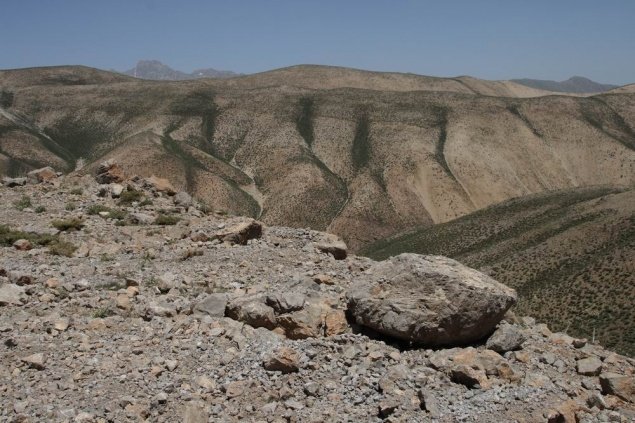|
|
Life In Iran
|
Even in the development of Arabic scientific prose itself, which differs in style from that of the Quran, Persian scholars such as Abdullah Ibn al-Muqaffaʿ had a major role. Indeed, the class of clerks and civil administrators that was responsible for the cultivation of the sciences in the early Islamic centuries consisted mostly of Persians. The contributions of Iranians to the Arabic language are however not limited to scientific prose but are also found in Arabic poetry. The contributions by Iranians are characterised as "the lively and graceful fancy, elegance of diction, depth and tenderness of feeling, and a rich store of ideas".
Iranian philosophy after the Islamic conquest is characterized by different interactions with Old Iranian philosophy, with Ancient Greek philosophy, and with the development of Islamic philosophy. Illuminationism and transcendent theosophy are regarded as two of the main philosophical traditions of this era in Persia. These movements continued well into the 11th century, during which the Nizamiyya University was founded, and hundreds of Iranian scholars and scientists contributed greatly to technology, science, and medicine, later influencing the rise of European sciences during the Renaissance.
• Early modern era (1501–1925)
Iran's first encompassing Shia Islamic state was established under the Safavid dynasty (1501–1722) by Shah Ismail I. The Safavid dynasty soon became a major political power and promoted the flow of bilateral state contacts. The Safavid peak was during the rule of Shah Abbas The Great. The Safavid dynasty frequently warred with the Ottoman Empire, Uzbek tribes and the Portuguese Empire.
|
|









